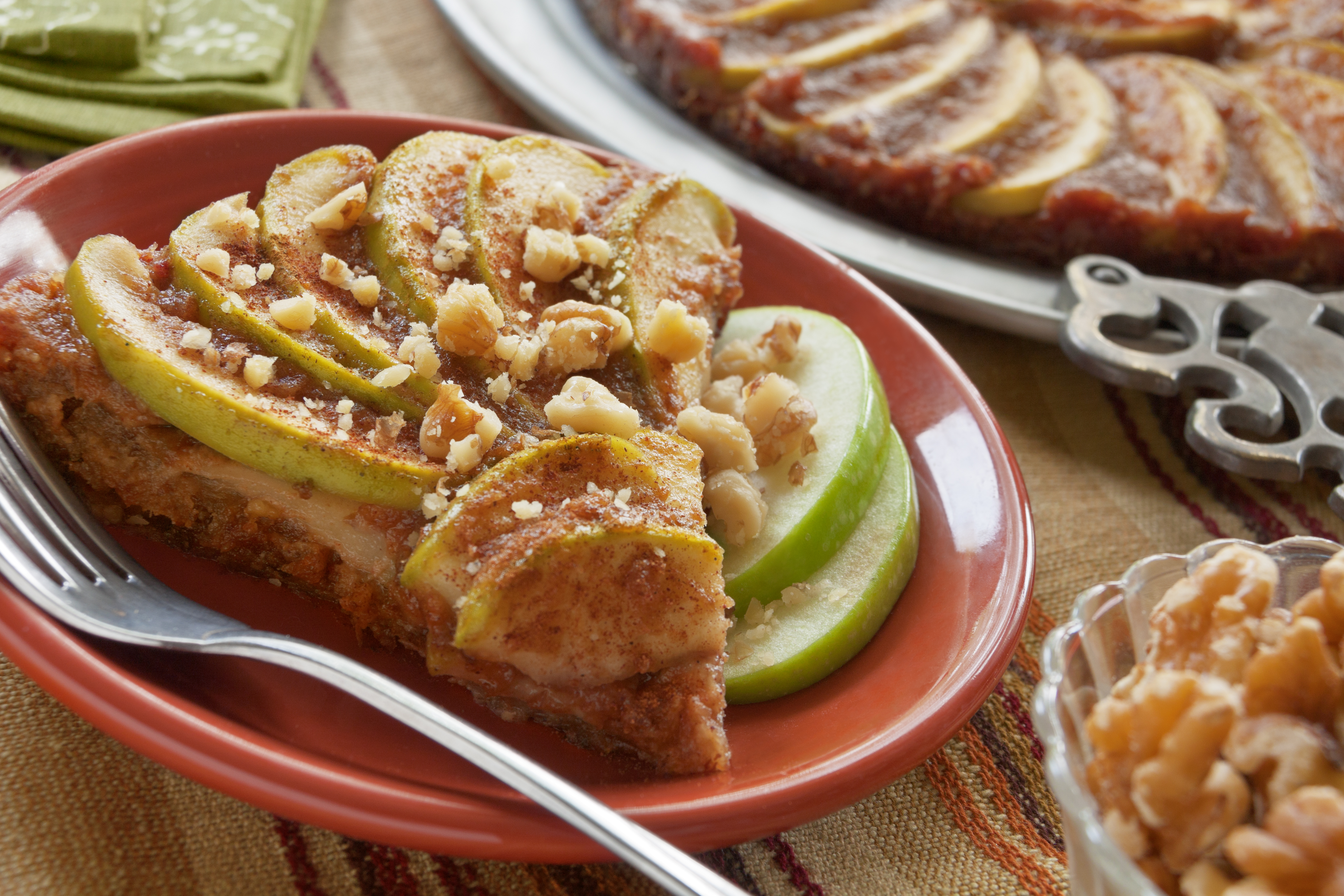Many of our desserts and baking recipes rely heavily on date paste as a replacement for sugar. Because date paste includes the same nutrients you find in dates, it brings more nutrition to a dish than refined sugars. Date paste, however, is not easily available in most major grocery stores, which might leave you scratching your head. Never fear! Date paste is just date puree, and it’s easy to make. Here are some tips for getting good results.

1. Choose your dates.
For the best health benefit, look for whole, unsweetened dates. The ingredients label on the package should say only “dates.” Some dried or chopped, candied dates contain added sugar, which you don’t need.
2. Choose your amount.
Estimating your quantity is tricky, since date sizes vary by type and your ultimate volume will also depend on how much water you add. As a general rule of thumb, however, you will get approximately 1 cup of date paste for 12 Medjool dates.
3. Soak your dates.
Straight up dates will produce a paste thick enough to jam most blenders and getting a smooth consistency can be challenging. Cover your dates with warm water for 1 hour, then drain the liquid off completely, reserving the liquid.
4. Puree the dates.
Using the most powerful blending tool in your kitchen (blender, food processor, whatever you own that’s strongest), puree the dates. If you’re having trouble getting them to a nice paste consistency (think tomato paste for comparison), add in just enough water to reach a workable consistency.
5. Store the extra.
Because amounts can be challenging to adjust, it’s not a bad idea to make date paste in a larger batch than you expect to need. Measure out 1/4 cup increments onto a parchment covered baking sheet and cover loosely with plastic wrap. Freeze for 4-6 hours, then transfer to a freezer bag for later use.